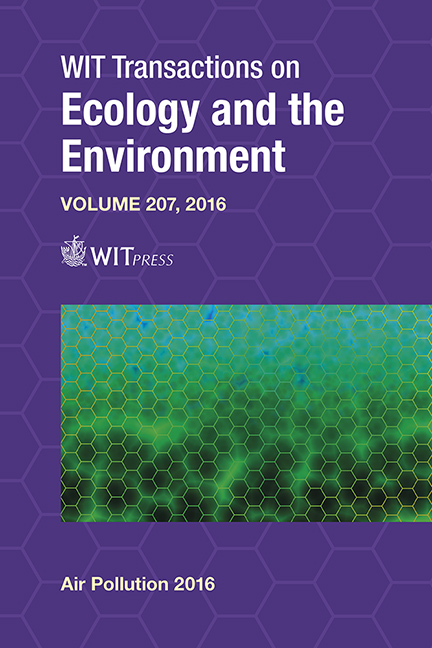Impact Of Air Pollution On Pregnancy Duration, Birth Outcomes And Children’s Health: Polish Mother And Child Cohort
Price
Free (open access)
Transaction
Volume
207
Pages
11
Page Range
203 - 213
Published
2016
Size
296 kb
Paper DOI
10.2495/AIR160191
Copyright
WIT Press
Author(s)
K. Polańska, M. Kowalska, W. Hanke
Abstract
The aim of this study was to evaluate the association between exposure to ambient air pollution and pregnancy duration, birth outcomes and children’s health.
The study was based on the data collected within the Polish Mother and Child Cohort (REPRO_PL). The analysis of PM10 impact on birth outcomes and children’s health was restricted to 920 mother–child pairs. Daily PM10 exposure was calculated according to a predictive model in which the following variables were included: district, distance between place of residence and main road, house density, linear, quadratic, cubic trends and cyclic time trends.
The average value of daily PM10 concentration in ambient air was 32μg/m3. The association between PM10 concentration in the second trimester of pregnancy and birth length was of borderline significance (p=0.06). The other assessments based on REPRO_PL cohort confirmed statistically significant relationship between PAH metabolites and cotinine level in pregnancy and the child cephalization index (p=0.04). Higher prenatal PAH metabolite concentrations increased the risk of more frequent (≥1/year) respiratory infections in children during the first year of life.
Presented study provides evidence that PM10 and PAH exposure in pregnancy might adversely affect fetal development and children’s health.
Keywords
PM10, birth outcomes, gestational age, children’s health, cohort study





